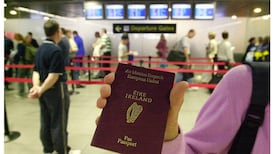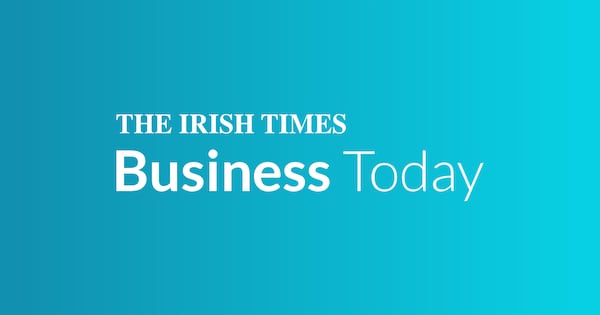Unemployment climbed to its highest rate in more than three years in July as an additional 12,700 people found themselves out of work compared with the same month last year, the latest figures from the Central Statistics Office show.
The seasonally adjusted unemployment rate stood at 4.9 per cent in July, having been steady at 4.6 per cent in April, May and June. The rate is up from 4.5 per cent in July last year.
The last time the rate was as high as 4.9 per cent was March 2022 when it climbed to 5.1 per cent while the State was still grappling with the Covid-19 crisis.
The increase comes amid warnings of the impact of the new EU-US trade deal on future job creation. Official estimates suggest the new 15 per cent tariff on EU exports into the US will result in about 56,000-70,000 fewer jobs being created over a five-year period.
READ MORE
The data show the most vulnerable cohort are those aged in the 15-24 category, which had an unemployment rate of 12.2 per cent, up from 11.3 per cent in June. The rate for those aged 25-74 years was 3.8 per cent, up from 3.6 per cent.
Andrew Webb, chief economist at Grant Thornton Ireland, described the new figures as “a warning light on the economic dashboard”.
“After three months of rate stability, this sharp increase, especially the spike in youth unemployment to 12.2 per cent, suggests that business confidence may be softening,” he said.
“Rising global uncertainty and the growing risk of tariffs are making firms more cautious. That hesitation is now showing up in the jobs data.
“Ireland’s labour market remains strong by historical standards, but policymakers should take this signal seriously. If ignored, today’s flicker could become a more persistent fault.”
Responding to the new figures, Jack Kennedy, senior economist at hiring platform Indeed, cautioned the rate was “still low”, and that the Irish labour market “continues to perform relatively strongly”.
Job postings on Indeed’s Irish website have rebounded slightly from a 2025 low of 6 per cent above pre-pandemic levels in April and May to 11 per cent as of July 25th.
“This is still down, however, from 19 per cent at the start of the year and confirms a gradual and ongoing, but by no means worrying, cooling of the labour market,” said Mr Kennedy.
“Even though the level of Irish job postings has reduced, the unemployment rate has remained below 5 per cent with employers still struggling to recruit staff in certain categories.
“This month marks the 42nd month in a row that the unemployment rate has been below 5 per cent.”
Irish employers are continuing to offer higher wages to attract staff. CSO data shows wages rose by 3 per cent in 2024 with increases of 6 per cent in the industry category and 4 per cent in public administration.
Indeed’s most recent figures show year-on-year wage growth peaked at 5.1 per cent in April and has since reduced to 4 per cent as of June. This is higher than the rate of 2.5 per cent in the euro area and ahead of 3.1 per cent in Germany and 1.7 per cent in France.
While some employers are now rolling back on offering fully remote working, the level of jobs postings on Indeed’s Irish website that mention either remote or hybrid working remains high at a post-pandemic peak of 17.5 per cent.
This puts Ireland ahead of the other six countries monitored by Indeed with a share of 15.2 per cent in the UK, 14.8 per cent in Germany, 13.8 per cent in Canada and 12.7 per cent in Australia. The share in France is 11 per cent, while it is 7.8 per cent in the US.















